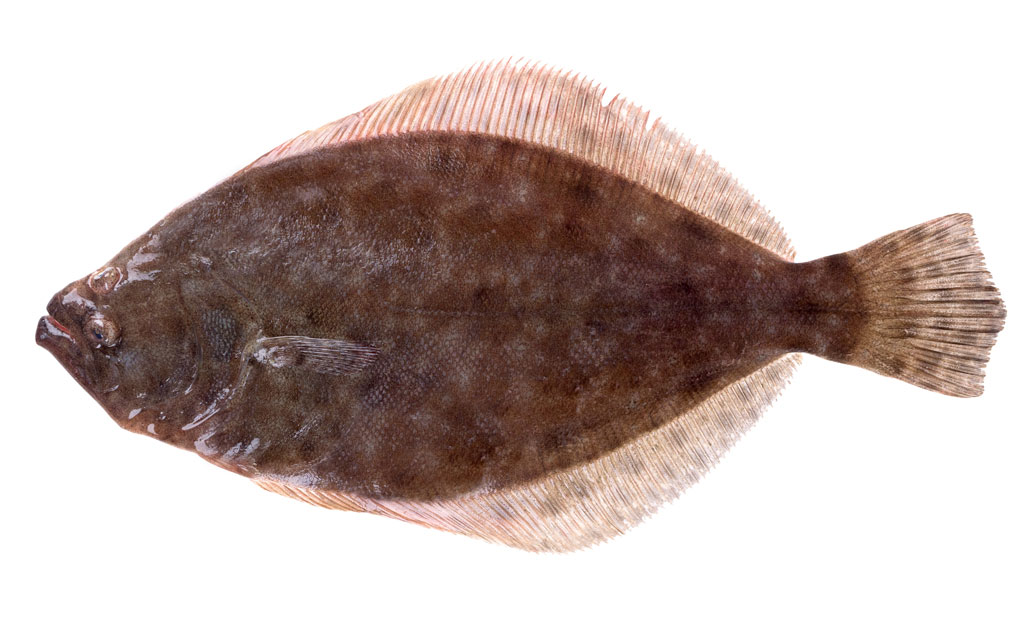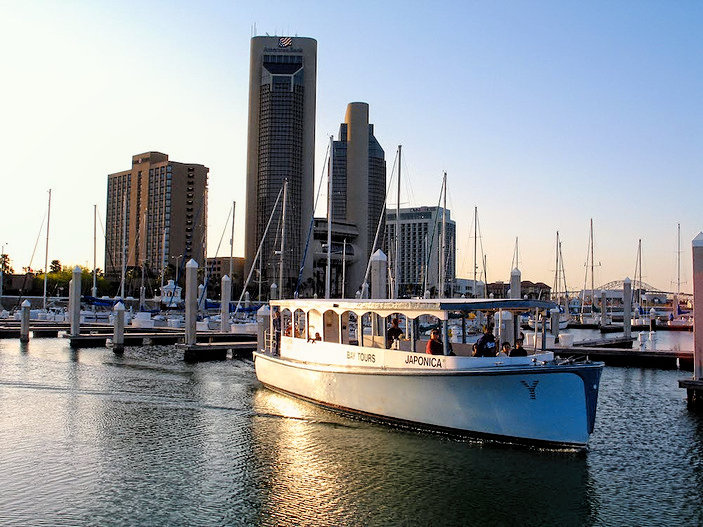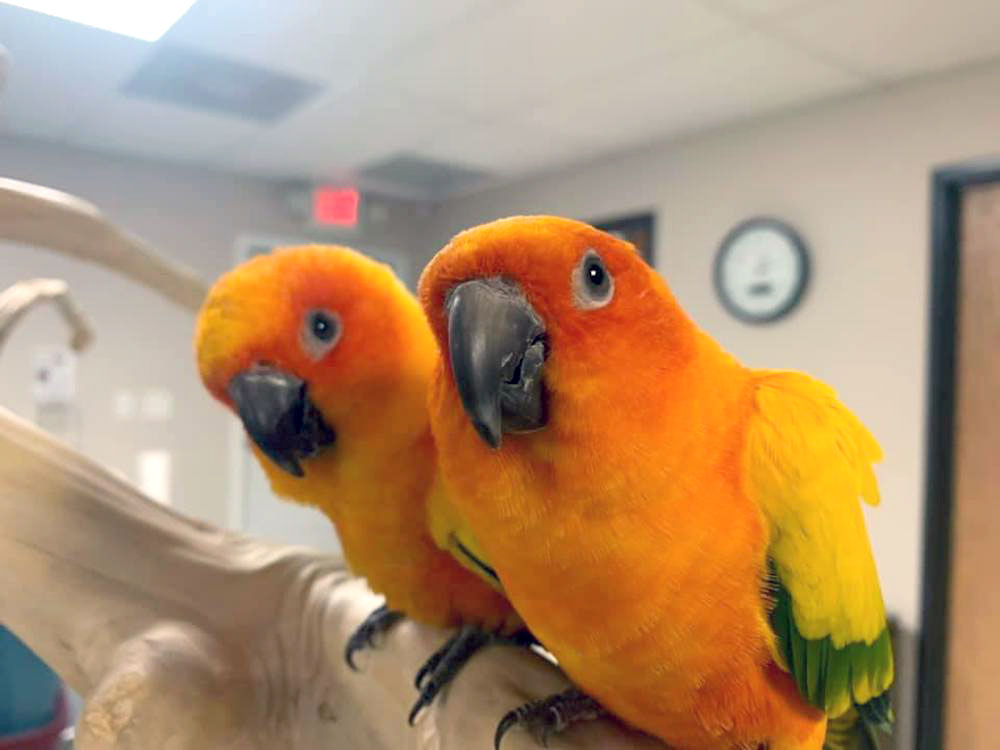NEW ARTIFICIAL REEF BREEDING MORE FISH — Fish and other underwater wildlife began checking into a new hotel, er, artificial reef, as soon as the concrete pyramids and other structures hit the ocean floor in late September. It only takes a few weeks for the fishing around a new reef to improve say the experts from Texas Parks and Wildlife Department (TWPD) and the Saltwater-fisheries Enhancement Association, two organizations helping create the new reef.
More than 40-acres will be covered with 2,000-tons of concrete boxes and 8-foot tall concrete pyramids. The structures will be dropped by cranes between Packery Channel and Port Aransas over the next few months. It's the first artificial reef to be built in the Coastal Bend region in decades.
The reef will benefit divers and local and vacationing fishermen in smaller boats, known locally as the mosquito fleet. It will help replace fishing and diving areas lost and distrupted as abandoned offshore oil and gas rigs are torn down as per state regulation.
The state also regulates the new strutures going into the water, which are permanent as opposed to most of the the oil and gas rigs. The top of the structures must be at least 50 feet below the surface of the water and built of materials sensitive to the environment. These particular structures are 70 feet below the surface and contain embedded limestone that will react with the saltwater to create algae, which creates coral.
The idea, said one expert, is to attract little fish, which will attract bigger and bigger fish. The bigger fish attract the fisherman.
The new reef could be especially good news for red snapper fishermen. Red snapper, the most popular game fish in the Texas Gulf, thrive around artificial reefs. Recently, snapper have been in trouble. Their numbers have decreased to the point that the federal government began limiting snapper season to less than a month over the past few years. This year, an additional season was added in Oct. — it ended this week — because of a slight comeback in number in the spring. The red snapper restrictions apply only to red snapper fishing in federally regulated waters, which begin nine miles from shore.
If you're someone who likes to haul in a red snapper as big as your torso, keep your eyes on 101corpuschristi.com for more news on red snapper seasons, and the fishing created by Mustang Island's newest reef.





